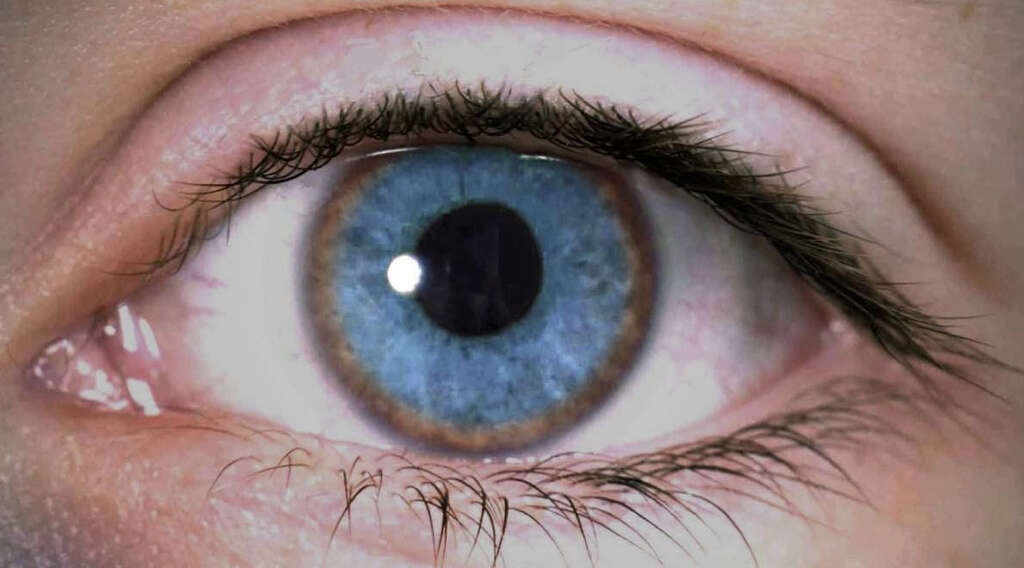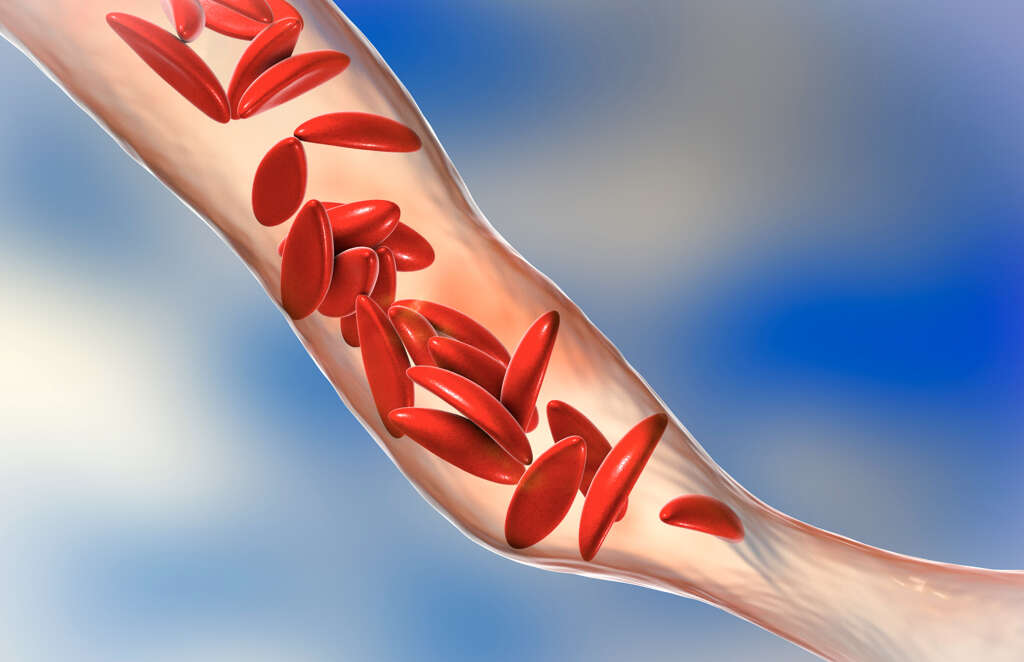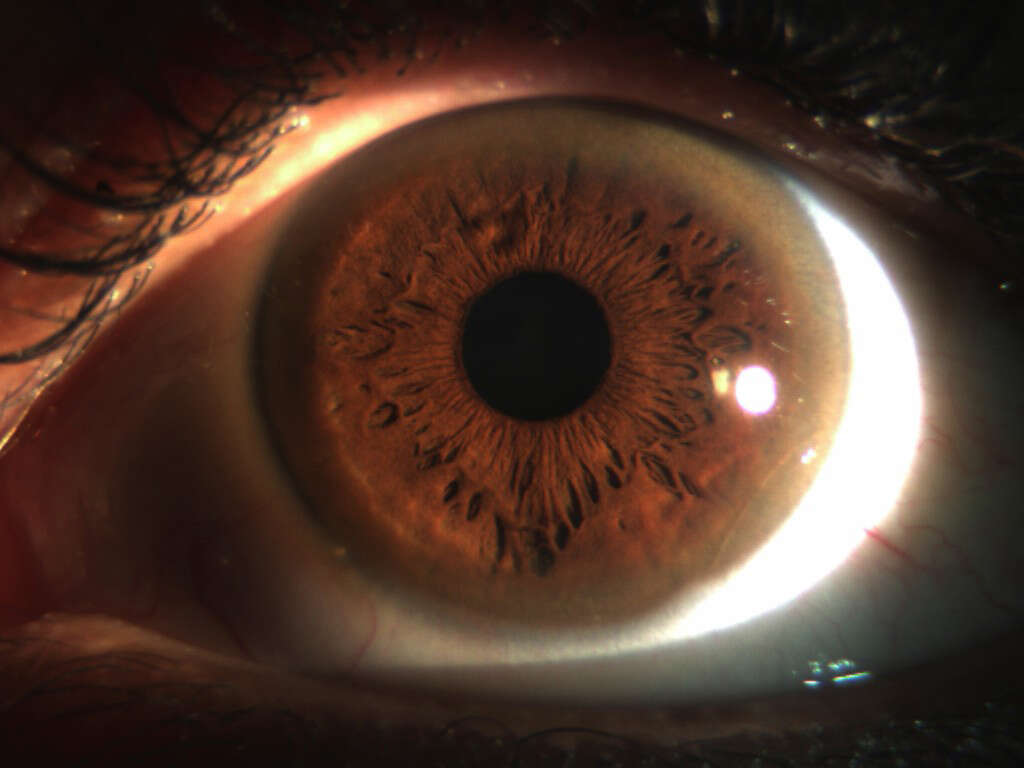What Is Wilson's Disease?
We tend to think of copper as being used for wire, or maybe for decorative purposes. What a lot of people don’t know is that the metal is also very important for the day to day function of our bodies. If we don’t have enough of it then our bodies would struggle to function and we would experience some unwelcome symptoms.
While the metal is very important to us, it is also important that there is not too much of it in the body. This is not usually a problem because excess copper is usually just passed out in our waste. However, some people can experience a build-up of copper in their body and this can cause problems.

1. Wilson’s Disease
Wilson’s disease is a rare condition that is also inherited. The disease causes copper to accumulate in some of the patient most essential organs, including the brain and the liver. As the copper accumulates in these organs, the metal can affect their ability to function. The disease is usually diagnosed in people when they are between 5 and 35 years old.
As the levels of copper accumulate in the patient’s organs, so the condition becomes increasingly dangerous. If it is left untreated then the disease can become a very real threat to the patient’s life. The condition is very treatable, however, and many people with the condition will have little disruption to their lives.

2. Causes
Wilson’s disease is an inherited condition, meaning it is passed down from the patient’s parents who themselves would have carried a copy of the faulty gene. The faulty gene would be carried in DNA in the parent’s sperm and mother’s egg, and the genes will be shared with each other at the point of conception.
Wilson’s disease is an autosomal recessive trait. This means that the patient must have 2 copies of the gene; one from each parent. If the patient has only one copy of the gene then they will not have the disease. However, somebody with one copy of the gene can still pass that gene onto their children.

3. Symptoms
Although Wilson’s disease is present from birth, it will be some time before any symptoms appear. This is because the patient will be born with normal levels of copper in their organs, and the build-up is so gradual it will be a long time before it becomes a problem. When symptoms do show, they will typically include Kayser-Fleischer rings, which is a discoloration of the eyes.
Other symptoms of the condition include a pain in the abdomen and a lack of appetite. Fatigue is another likely symptom, and they may also have stiff muscles. Some patients will also experience a build-up of fluid in their abdomen or legs.

4. Hemolysis
In addition to the symptoms mentioned, Wilson’s disease can also go on to cause complications if it is left untreated. One of these is that the high copper levels can cause the destruction of red blood cells. This is a condition known as hemolysis, and it can lead to symptoms like jaundice and anemia.
The excess copper can also cause damage to the tissues of the liver. This damage will then lead to scarring, and this will result in a condition known as cirrhosis. If Wilsons’s disease is left untreated then it can result in liver failure which can happen gradually, while it will sometimes appear suddenly.

5. Neurological Problems
Wilson’s disease will also sometimes cause neurological problems for the patient as the copper build-up damages the nerves in their body. This damage will have an impact on the electrical impulses that enable the patient to move their body, resulting in some very unwelcome symptoms.
Neurological problems can cause symptoms like erratic movement, an unusual gait, and difficulties speaking.
Neurological problems can be very serious so they should be treated as soon as possible. In most cases, the symptoms will clear up once the underlying cause has been treated, but the symptoms will remain in the long term in the more severe cases.

6. Psychological Problems
The buildup of copper in the brain and elsewhere in the nervous system can also lead to psychological problems developing. Symptoms of this will tend to include the patient becoming more irritable than usual, while they may also undergo some personality changes.
The patient may also suffer from symptoms like depression and bipolar disorder. These are both potentially dangerous conditions that should be treated as soon as they are diagnosed. Psychosis is another potential symptom which can also be dangerous if it is left untreated. These symptoms should hopefully clear up at least partly once the underlying cause has been dealt with.

7. Who’s At Risk
As mentioned, Wilson’s disease is an inherited disease. The good news is that this means you cannot acquire the disease later in life if you were not born with it. However, it is still possible for us to have too much copper in our bodies and copper is toxic to us in high concentrations.
If there is a history of the disease in the condition, then there is an increased chance that you are carrying the gene. If you suspect that you may be a carrier then genetic testing will be able to confirm whether or not you are. Letting doctors know will mean they can get treatment to a patient early on if needed.

8. Diagnosis
The symptoms of Wilson’s disease tend to be similar to those of many other conditions, and this makes it harder to diagnose. However, your doctor will try and narrow down the possibilities by asking you about your symptoms and medical history. They may also want to ask about your family’s medical history.
Tests will need to be performed to diagnose the condition, and this will usually involve blood and urine tests. An eye exam will help experts look for tell-tale signs of the disease, and a biopsy of liver tissue may also be taken. Genetic testing will also be able to confirm whether or not you have the genes that cause the condition.

9. Medication
Treatment for Wilson’s disease will typically involve the use of medication. The medication is usually a type of chelating agent, and this means that it helps to remove metals from the blood. The metal will bind to compounds in the medication, and it can then be passed out of the body.
Another type of medication may be used that will help to prevent more copper from being absorbed by the body. These medications can cause some unwelcome side effects, and further medication may be provided to help counter these symptoms. The patient will likely need to take the medication for the rest of their life.

10. Surgery
Wilson’s disease will usually be diagnosed before any serious problems develop. In some cases, however, the damage to the liver can be severe and permanent. In such instances, medication will probably not be sufficient and surgery will be deemed necessary.
If the damage is serious enough then the patient will likely need a liver transplant. In this procedure, the old liver is removed and is then replaced with a healthy liver from a donor. The patient will also need to be put on medication to suppress the immune system. This helps to prevent the organ from being rejected by the patient’s immune system.












